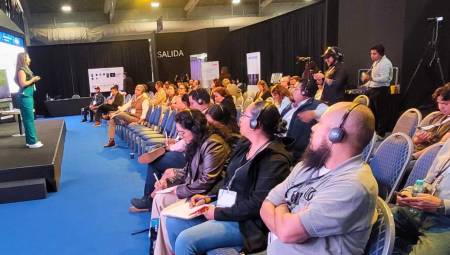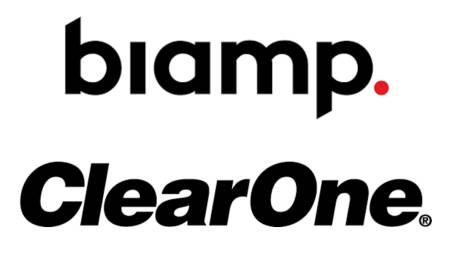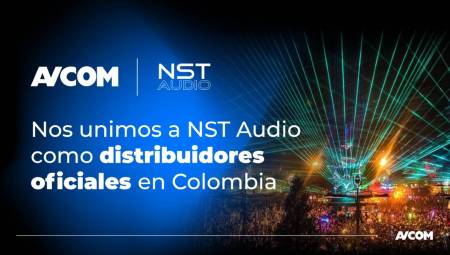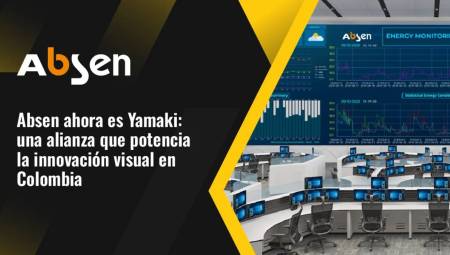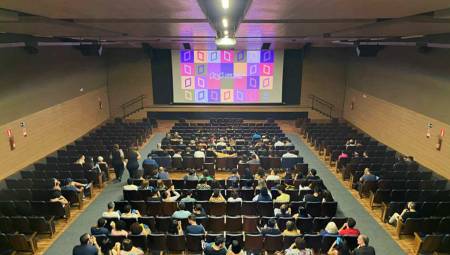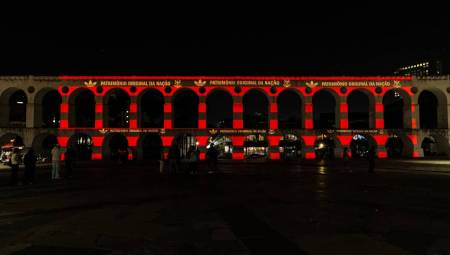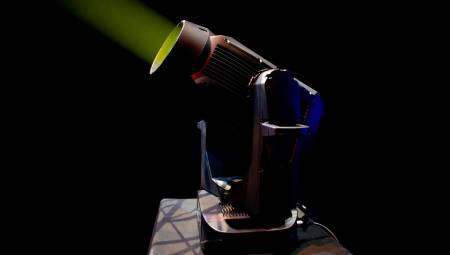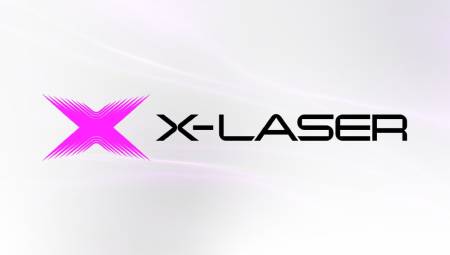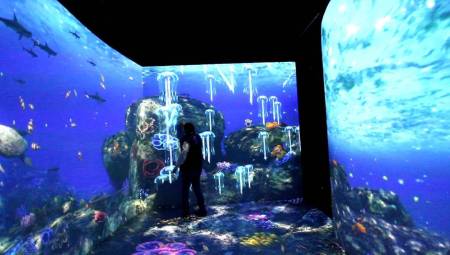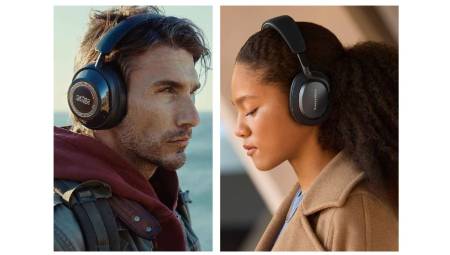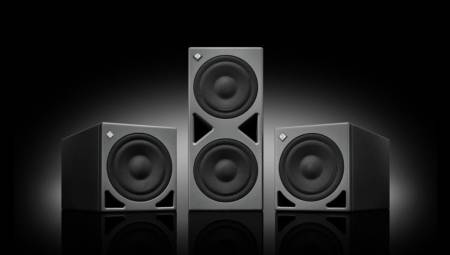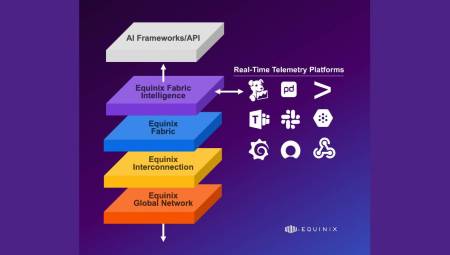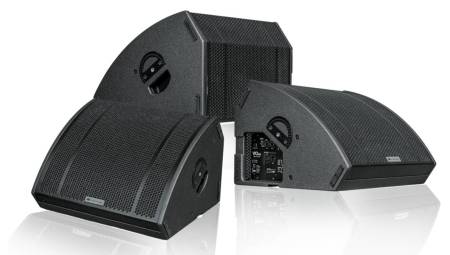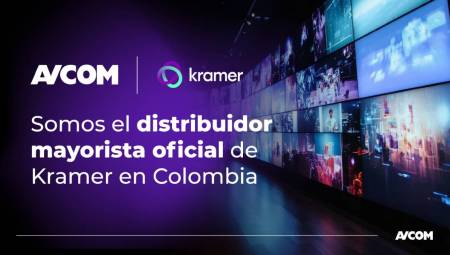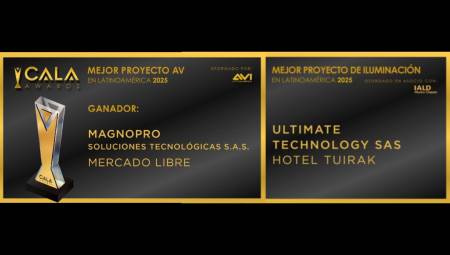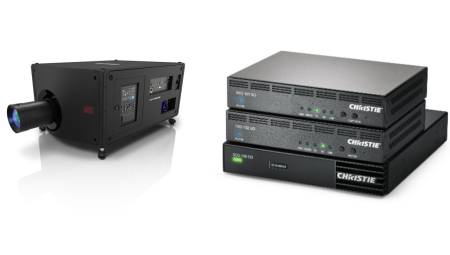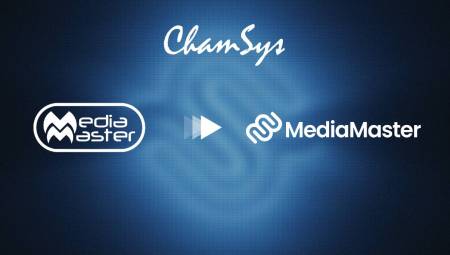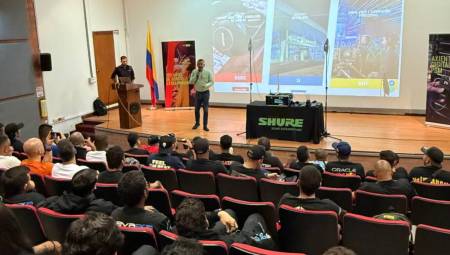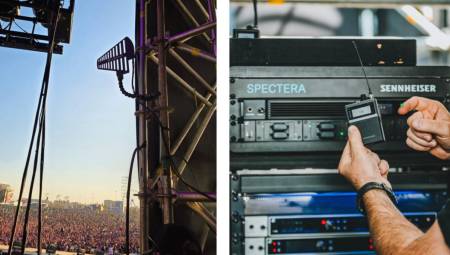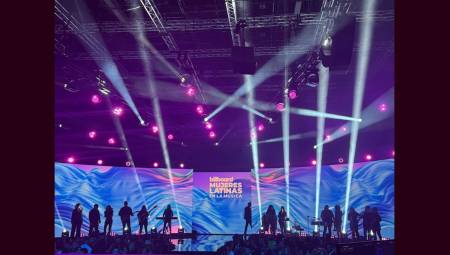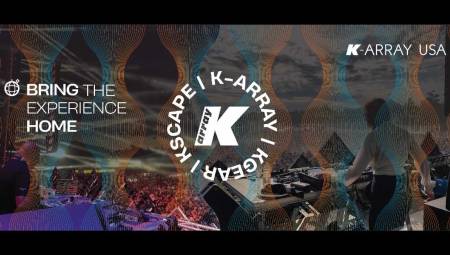 Wireless DMX technology allows DMX data packets to be sent via radio waves emitted by the transmitter. For applications in scenography, props or small spaces there are very small equipment that are easy to assemble
Wireless DMX technology allows DMX data packets to be sent via radio waves emitted by the transmitter. For applications in scenography, props or small spaces there are very small equipment that are easy to assemble
Valeria Silva*
Today there is an era where cables are disappearing in some applications such as data transmission in: cell phones, wireless internet (Wi-Fi), wireless microphones, data transfer via Bluetooth, etc. Reason why lighting could not be left behind. To achieve this, wireless technology is used, which is based on sending information from point A to point B using radio waves without using cables from one computer to another.
The wireless DMX or Wireless DMX, is capable of sending DMX signal to points where it is required to place luminaires, but that crossing with a signal cable can be of great difficulty as in: platforms or structures, in scenarios with movement, buildings, bridges or cross large distances that exceed 300 meters that can be sent by cable.
To understand the concept of the Wireless DMX it is first necessary to understand some basic concepts such as the DMX512 protocol and radio frequency and how both technologies have been combined in lighting control systems.
The DMX512 (Digital Multiplex) is a one-way communication protocol developed to be able to control luminaires or other devices of different brands that work through the same language, since a few years ago each manufacturer used its own protocol so it was difficult to have total control of the lighting system. This protocol sends the values of each channel (function) of the luminaires or other devices. It is mainly used in the entertainment industry, although recently it also began to be used to control architectural luminaires.
This protocol was developed in 1986 by the USITT (United States Institute for Theater Technology) to control dimmers, although it is currently used to control all types of luminaires such as: moving heads, Led panels, smoke machines, etc.
On the other hand we have the radio frequency that is based on electromagnetic waves that carry signals (audio, video, data, etc.) through the air and over considerable distances through space. These waves travel at the speed of light, 300,000,000 m/s.
Wireless DMX technology allows DMX data packets to be sent via radio waves emitted by the transmitter. From the controller, which sends by cable to the transmitting antenna, the signal is sent that when it reaches the transmitter converts it into radio waves to transmit it to where the receiving antenna is located, which sends the DMX data to the luminaire and / or other DMX devices by means of a cable or directly if the luminaire already has a receiver integrated. In the market you can find receivers, transmitters and tranceivers (transceivers) that can be configured as transmitter or receiver, as required.
The equipment is Plug & Play, that is, it only connects and in automatic and the signal begins to be emitted by the transmitter, in the same way the receiver is connected to the luminaire.
It is necessary that each transmitter is linked to a group of receivers, this in order to achieve communication with the same group or universe of DMX. Most computers allow you to configure different groups to be able to transmit several DMX universes at the same time without them interfering with each other.
The distances that the signal can reach range from 500m to 1000m in line of sight (without obstacles between the transmitter and the receiver) depending on the equipment used. Latency times, the time it takes for the equipment to decode the signal and process it, range from 5ms to 7ms depending on the equipment and manufacturer.
In order for these equipment to transmit, the 2.4GHz bands are used. In some cases, depending on the model and manufacturer, the equipment is configured to operate only in the 2.4GHz band, while some others can also operate in 5.2GHz and 5.8GHz although the use of these bands is not yet available in all countries so it is important to contact the local manufacturer or distributor to know if the equipment works correctly in that country.
In the case of the 2.4GHz band it is a band of free use worldwide so it can be more congested due to the existence of Bluetooth signals, Wi-Fi, Smart phones and even microwave ovens that occupy this same frequency. For this reason, manufacturers have developed technologies such as FHSS (Hopping Spread Spectrum) that allow equipment to jump from one subchannel to another to transmit in the least congested and avoid interference.
Unlike the 2.4GHz band the 5GHz bands are less saturated, but the disadvantage is that the distance they reach is reduced. An example of an application can be inside a building, where the 2.4GHz band may be saturated by local networks, telephones, etc., but the distances are high.
Other protocols that can be transmitted in addition to DMX are: RDM, Art-Net, KiNet, sACN, Pathport, Dali among others. Depending on each manufacturer are the protocols that each equipment can transmit so it is very important to review the technical specifications of each equipment.
In the case of RDM, this protocol is bidirectional so it allows you to receive information on the status of the equipment such as the signal level, temperature, errors, among others.
Some computers that already have inputs for Ethernet (ArtNet, KiNet) can also be powered by PoE (Power over Ethernet), which is the power current that travels through the network cable.
You can also find on the market some options of IP65 transmitters and receivers for outdoor use either in entertainment applications or architectural installations. These devices are waterproof and have gland connectors at the inlets and outlets of the wiring to prevent leaks inside the equipment. It is recommended that the wiring is always oriented downwards and use XLR IP65 connectors for outdoor use.
For applications in scenography, props or small spaces there are also very small equipment that are easy to assemble.
Guidelines for the design of a wireless DMX system
Before starting to design a wireless system it is advisable to do a frequency scan on site or ask the managers of the place if they have Wi-Fi or any equipment that operates in the band of the transmitter to verify how saturated is in the frequency of the Wireless DMX system and how viable it is in that place since the signal strength could drop due to interference of the other devices that use those frequencies.
Place the transmitter and receiver as high as possible to avoid obstacles between the transmitter and receiver and that they have a line of sight. For example: in the case of live events, the public could represent an obstacle if the teams are not high enough.
It is important to note that the transmission distance is reduced when the signal passes through windows, trees, scenery and walls. Keep in mind that the signal could be weakened by reflections on the walls of buildings.
The antennas of transmitters and receivers must be oriented in the same direction to ensure maximum efficiency of transmitters and receivers.
Do not place transmitters or receivers on metal plates or in metal boxes to avoid reflections.
Configure the receivers with the transmitter corresponding to each universe.
DMX Wireless systems are already used in some large productions due to their stability although it is always advisable to use the cables since they will always be more reliable.
The reliability of wireless systems depends a lot on the conditions of each place, so the same equipment could work well in one place, but perhaps have failures in another.
Antenna selection
Another important factor to consider when designing a system is the type of antenna that is required. There are omnidirectional antennas that emit the signal in all directions (360°) or directional antennas that serve to concentrate the signal more in one direction so that it can have greater reception in that direction.
Each type of antenna can have greater gain to be able to have more range in the transmission of the signal, most of the equipment comes from the factory with an omnidirectional antenna of 2dBi, but it could be used of 6dBi, 8dBi or 12dBi depending on the options that each manufacturer has available.
References:
www.citytheatrical.com
www.wirelessdmx.com
www.lumenradio.com
www.theatrewireless.com
www.usitt.org
*Valeria Silva is a lighting designer with extensive experience in Mexico. His experience includes theater, concerts, television and corporate events. You can contact her through [email protected]


















































